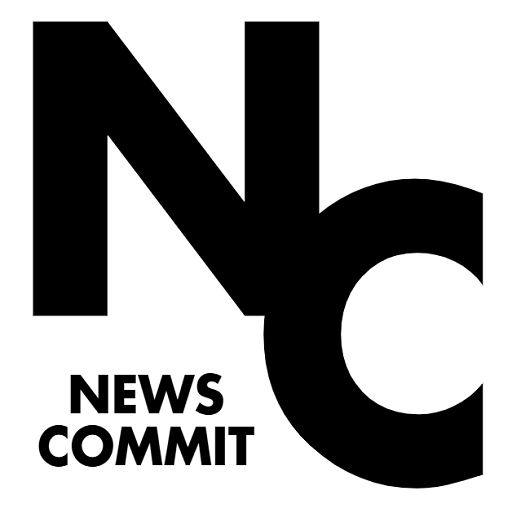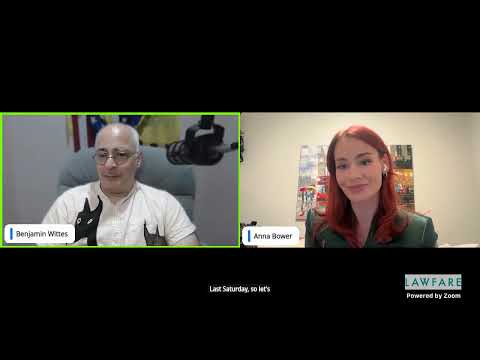Lawfare Institute, a well-known organization covering legal and national security issues, recently ignited a major controversy involving U.S. Attorney Lindsey Halligan and Lawfare Senior Editor Anna Bower. The incident, which unfolded in a series of text exchanges, shed light on potential ethical breaches and power dynamics in the realm of legal and media interactions.
The saga began when Lindsey Halligan, a Trump-appointed U.S. Attorney for the Eastern District of Virginia, contacted Anna Bower regarding her coverage of Halligan's prosecution of Attorney General Letitia James. The substance of their conversation revolved around James's alleged misrepresentation of property usage, with Halligan criticizing Bower's reporting as biased and inaccurate.
What transpired next sparked a heated debate on the boundaries of journalistic integrity and government transparency. After Bower reached out to the Justice Department for clarification on Halligan's comments, Halligan retroactively declared their entire exchange "off the record." This move was met with resistance from Bower, who emphasized that agreements of anonymity must be established beforehand, not after the fact.
Despite Halligan's insistence, Bower ultimately decided to publish the story, leading to further tensions between the two parties. The Justice Department weighed in, accusing Bower of seeking information without due diligence and professionalism, while defending Halligan's attempt to clarify facts and legal boundaries.
The New York Times, whose initial reporting sparked the controversy, stood by its story, asserting its accuracy and refuting any challenges to its credibility. The implications of this clash between a government official and a journalist raise questions about transparency, accountability, and the power dynamics at play in the legal and media landscapes.
Further complicating the situation is Halligan's background as a former Miss Colorado USA contestant with limited trial experience, leading some to question her qualifications and motivations in high-profile cases like those involving Letitia James and James Comey. Critics argue that Halligan's unorthodox engagement with the media and apparent lack of legal finesse cast doubt on the validity and integrity of her prosecutions.
As the story continues to unfold, observers are left wondering about the broader implications of this showdown between government authority and journalistic integrity. The incident serves as a stark reminder of the complexities and challenges inherent in navigating the intersection of law, media, and public interest.
Moving forward, it remains to be seen how Halligan, Bower, and other stakeholders will address the fallout from this contentious episode. As conversations around transparency, accountability, and professionalism in the legal and journalistic spheres evolve, the Lawfare saga stands as a cautionary tale of the delicate balance between power, truth, and ethical responsibility in today's complex media landscape.

